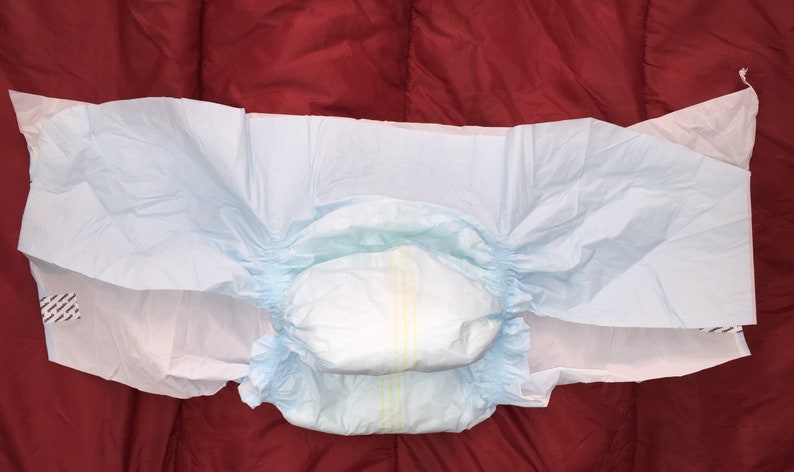

One of the reasons this try-first approach to Micropore tape is the user-friendly nature of the product. In most cases where a wound or tube needs adhering, the benchmark is Micropore until it proves incapable of the task.

We’ll come back to a few of them in a second. That’s where some of Micropore’s more-capable siblings take over. It adheres well to moist skin, and not too firmly to dry skin, but sticks long enough to both to make it versatile provided the stress on the tape isn’t too much. Most common uses for Micropore tape involve dressing wounds or holding a medical tubing in place.īecause Micropore breathes as well as it adheres, it’s perfect for these cases. Not only will it stick to skin, but to plastic, glass, and other tapes. The way it sticks then peels off with ease is a big part of the charm, a voodoo quality by most accounts.

#Micropore tape skin
The sticky side of Micropore tape adheres to the skin without leaving residue and without causing pain when removed. We’ll get to alternatives for those situations in just a minute.Īnother aspect of Micropore tape separating it from traditional paper is that it’s adhesive. This limitation makes it hard to use on parts of the body that need to flex and extend much. It’s like sticking the paper to your skin.Īs such, Micropore tape is as flexible as paper, meaning not much. This porous quality allows it to “breathe” in the conventional sense of the word, but also allows for moisture to pass through. Like it’s parent-product, paper, as in the stuff you’d use to write a note, Micropore tape is porous. There are many types of paper tape, none of which present the properties in Micropore. The actual paper part of Micropore is made from rayon, like the stuff in your stretchy yoga pants, but it feels more like paper than yoga pant fabric. Some people prefer to call it “paper tape,” but that’s like calling Kleenex facial tissue. It’s the one manufactured by the fine folks at 3M. While there are many imposters, there is only one tape that can go by the name Micropore.
#Micropore tape free
If you’re familiar with 3M’s Micropore tape, feel free to skip this and the following sections. Translation: Don’t duct tape the human body, mate. Any further references to duct tape are purely for the sake of silliness. In this blog, we’ll take a look at those applications and consider what else might or might not work better in said situation. They each have specific uses, but Micropore wins top billing for most versatile. What may surprise you to learn is that it’s only one of eight surgical tapes produced by 3M. That being stated, there are many uses for Micropore tape, in and out of the clinic, but a few applications for which another tape might serve as a superior option.

It’s not only unwise, it may cause harm to the person being taped. While duct tape is super-effective for securing many loose items - a veritable reconnection toolkit in roll-form - it’s neither biocompatible nor functional for most medical uses.ĭuct tape no doubt enjoys regular uses by hardcore folks out in the bush who don’t have time for proper wound dressing.Īs a specific recommendation, Medshop Australia does not recommend using duct tape or any other non-medical adhesive for closing wounds. First, if you’re actually confused about the differences between duct tape and 3M’s Micropore tape from a medical standpoint, whew.


 0 kommentar(er)
0 kommentar(er)
